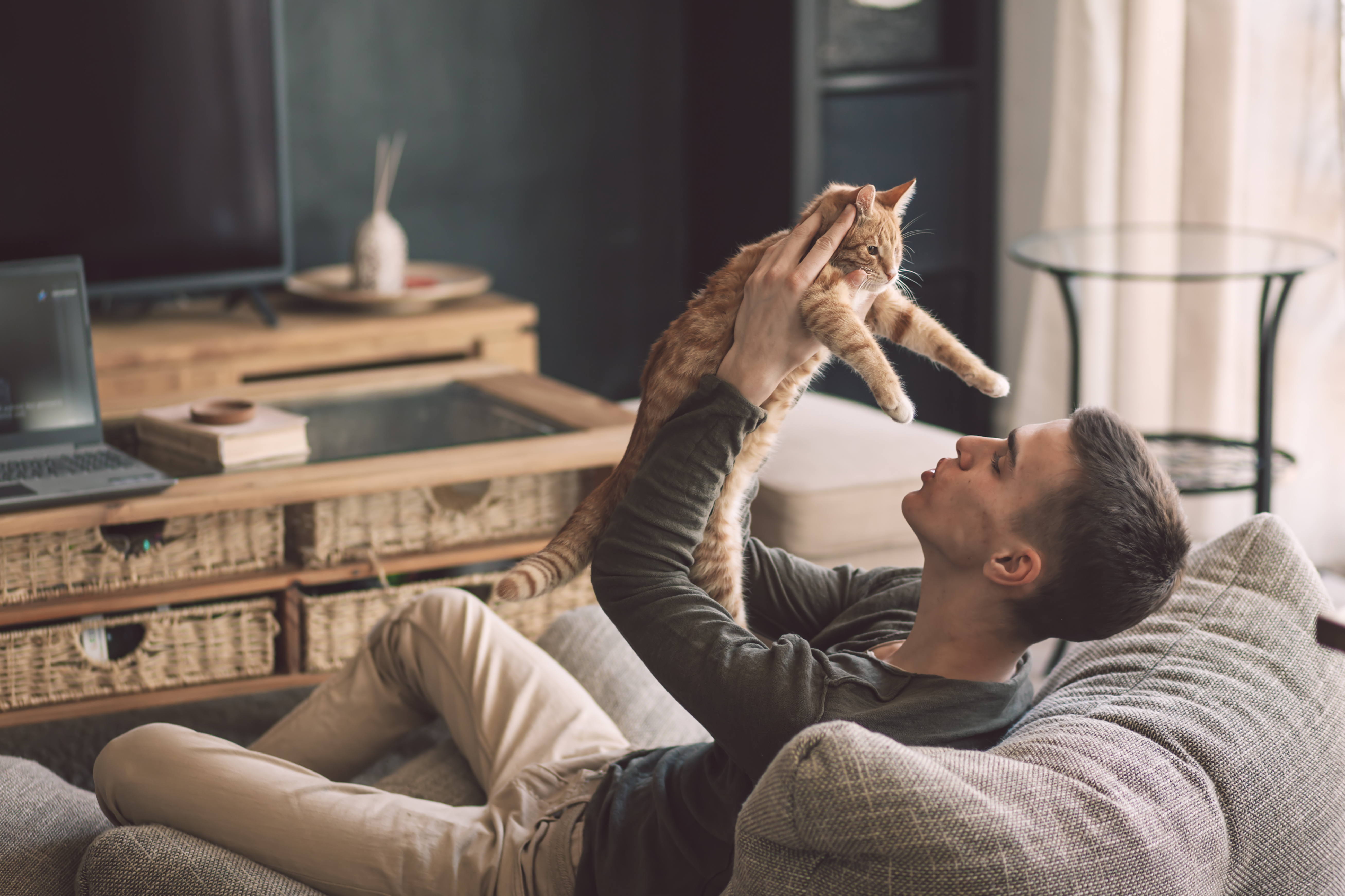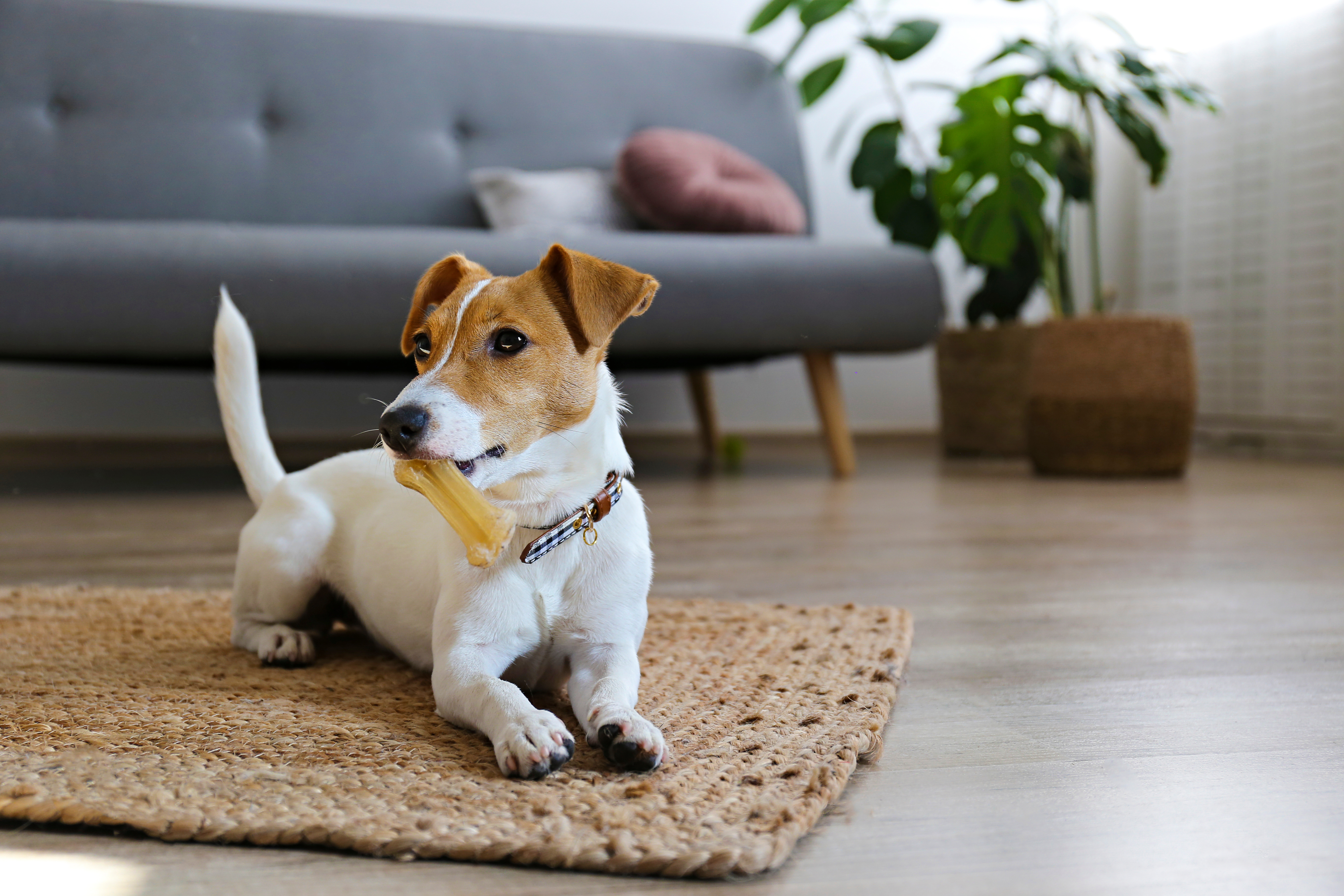Sales
- Selling
- Sales Progression
- Buying
- Stamp Duty Calculator
- Properties for Sale
- View Shortlist
- Auction Properties
Posted on: Monday, July 11, 2022

It’s estimated that 51% of adults in the UK own a pet, and many will be looking for a place to stay with their furry friend. For most landlords, pets are out of the question and if you’re lucky enough to find a landlord who accepts your pet, you will need to understand the rules of your contract before moving in – here’s everything you need to know.
Every landlord wants to minimize damage to their property, and pets are known for causing costly damage. It’s estimated that only 7% of landlords advertise their property as suitable for pets, this low figure illustrates that there’s a consensus for allowing pets amongst landlords, and many believe it’s a bad idea.
How pets can damage properties
• Chewing of skirting boards
• Scratching doors and furniture
• Stained carpets
• Chewed electrical cables
• Damage to lawn and garden
• Odours
• Pet hair on furniture and carpets
• Fleas
As of 2022, there are plans to legislate that landlords do not unreasonably withhold consent when a tenant requests to have a pet in their home. The Government write in the Fairer Private Rented Sector White Paper: “Domestic pets can bring joy, happiness, and comfort to their owners, as well as supporting their mental and physical well-being, including through challenging times.” Alongside this, the Government’s plans to improve the lives of renters also looks to protect landlords by encouraging a ‘common-sense approach’. They plan to amend the Tenant Fees Act 2019 to include pet insurance as a permitted payment. This means landlords will be able to list pet insurance as a requirement, so that any damage to their property can be covered.

It’s a breach of contract to move a pet into your property without permission from your landlord so you must always make a request beforehand. After being granted permission, you will need to be honest about your pet before moving in. It’s no good for a landlord to be told that your pet is ‘quiet as a mouse’, only for a week later to receive a call from neighbours complaining about loud barking next door. Instead, be open about any troubles your pet may cause and how you’re working to resolve them. This will reassure your landlord that you are trustworthy as it shows you are a responsible pet owner.
There are a number of ways you can protect the property and any furniture from your pets. Invest in a pet hair vacuum cleaner as coat shedding is inevitable for some pets, and you may need a more advanced vacuum specifically designed for pet hair to keep on top of it. Place down as many rugs and throws as possible to protect from dirty paws, buy a scratching post for cats to keep them away from skirting boards and make sure your dog has enough chew toys so that they don’t move onto the furniture!
It goes without saying that most pets will need regular walks and letting outside. If you have to leave your pet alone in the property for hours at a time, make sure you have a trusted person available to come check on your pet and let them outside while you aren’t around. Prioritise your pet’s welfare and invest in microchipping, de-worming, de-fleaing, and vaccinations. Proper care for your animal will prevent sickness and therefore damage to the property.

Staying vigilant and taking steps to prevent damage is the best way to keep your rental home in top shape. Anti-chew sprays and cat spray repellent are good examples of measures you can take to stop your pet from causing any problems for your landlord. Keeping an eye on your pets at all times is advisable as you never know what they’re up to in the other rooms!
Looking for your next property or place to call home? Get in touch with your local Guild Member to start your search.


